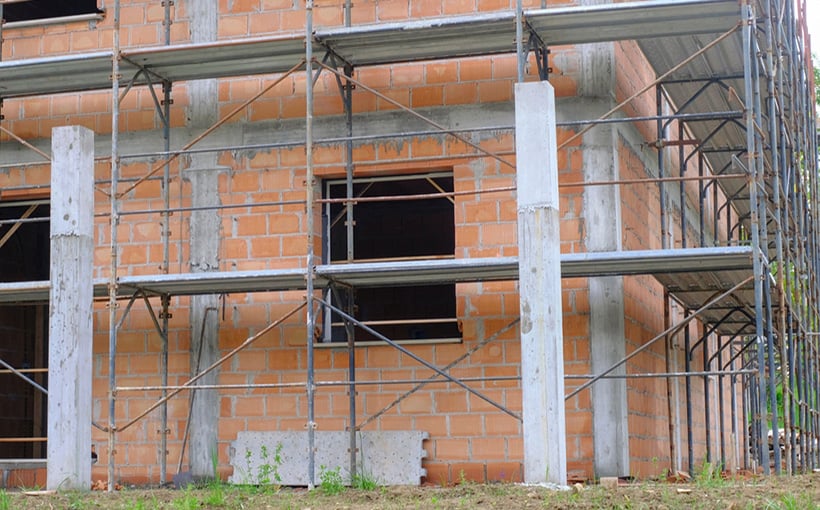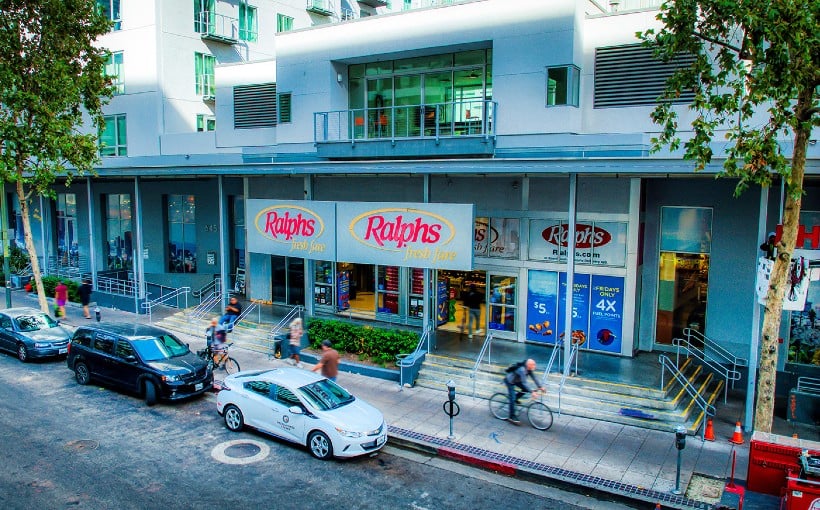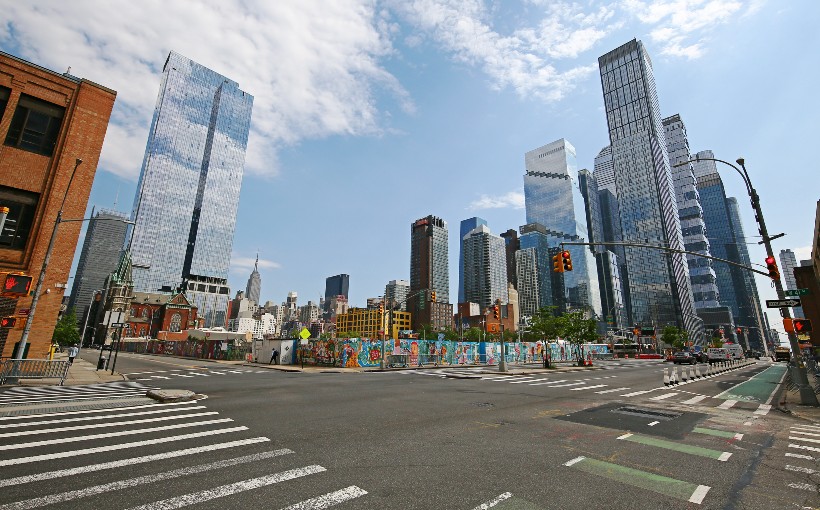Since its introduction in 2017, the opportunity zone program has been lauded and criticized in turn. Cutting through some of the rhetoric, investors participating in the program have taken advantage of tax benefits associated with this incentive. According to research by Novogradac , opportunity zone funds reported an equity investment of $9.68 billion for 2022 – a record-breaking single-year total since it became part of US tax code late 2017. The Economic Innovation Group (EIG) – which proposed funneling capital gains into underserved communities – indicated that this program is having a positive economic impact on these areas as well.
When discussing “opportunity zone” programs, many people think only about large urban centers; however there are more than 8700 federally designated zones across America . Experts suggest that investors are now turning their attention towards secondary markets due to high valuations and difficulty placing capital into conventional investments . Secondary markets refer to cities with populations between 1 million and 5 million people such as Houston or Charlotte NC; although certain cities like Seattle or Miami can be found on both primary & secondary market lists .
Valuations & capital placement draw interest from these secondary markets but so do fundamentals: 68% largest urban counties experienced population losses leading directly towards emerging/secondary locations offering lower land/development costs plus less competition when structuring investor friendly terms . Funds involved also support housing renovations alongside other real estate types making them attractive for potential high returns while positively impacting underserved communities at same time – reflecting spirit behind OZ policy itself! Smart, disciplined & patient investors could experience positive upsides here too!




